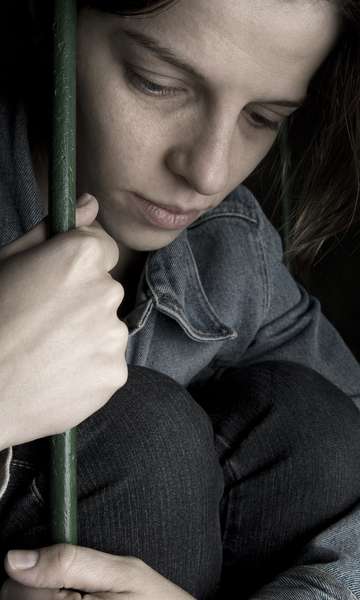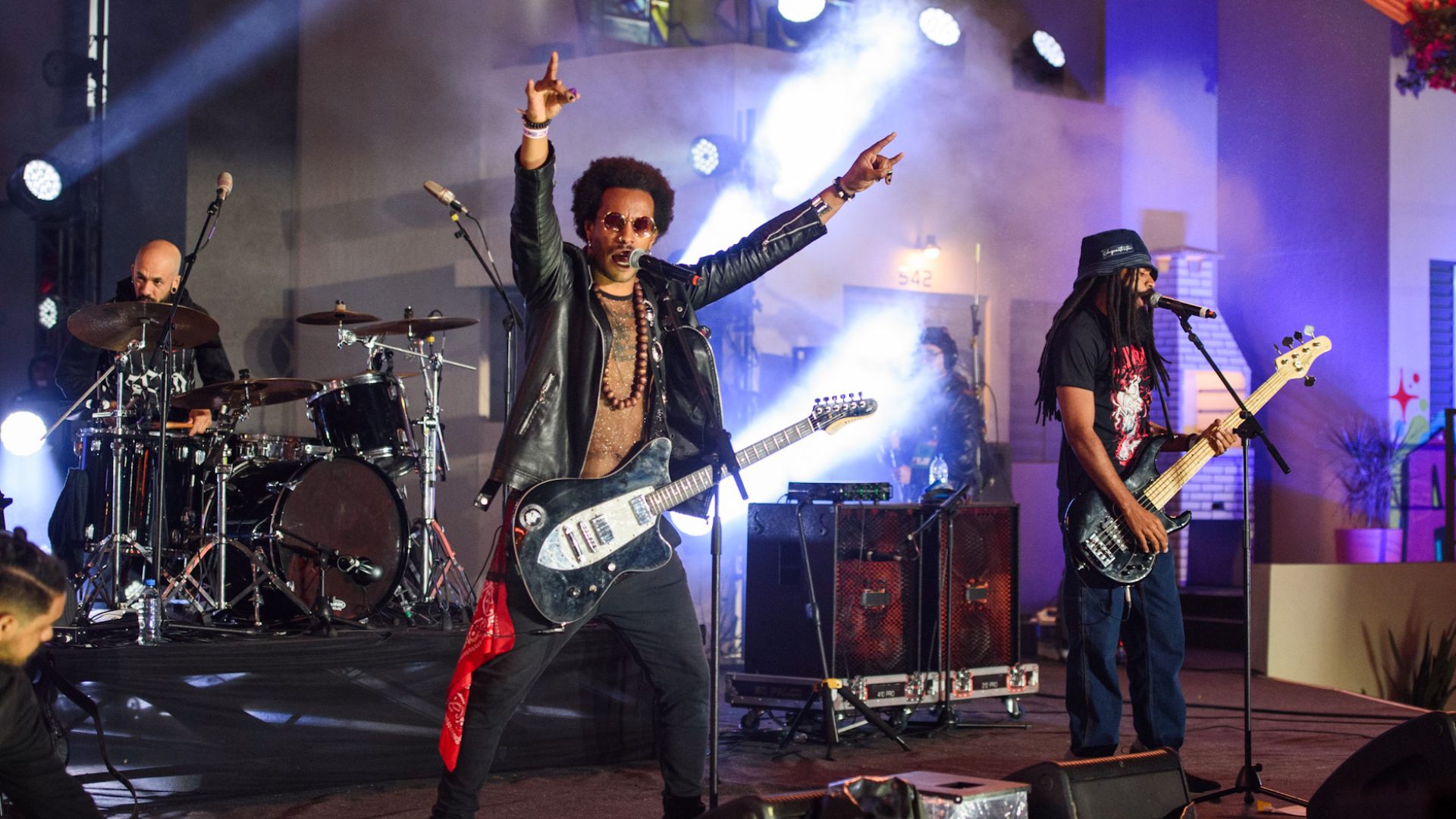The most recent data on attacks on schools in Brazil have revealed that the main elements involved in the origin of this explosion of violence form a dangerous combination: the “crooked” expression of adolescent masculinity, the easy access to weapons, the high prevalence of bullying in a school environment, the difficulty for men to manage their mental health and widespread access to digital media, with prolonged time spent using screens to the detriment of social interaction.
Let’s try to understand a little better how these factors are connected and how they are present in the majority of attacks against schools, including the latest one which took place last Monday at the Sapopemba state school, in the east of Sao Paulo, in which a student shot against colleagues, killing a girl and leaving two other students injured. It is always important to remember that the causes are complex and, in general, derive from the combination of several elements.
For those who follow the news it is not just the impression that cases have increased after the pandemic. Nearly 60% of attacks recorded over the past two decades occurred in 2022 and 2023. What can explain this acceleration? And, more importantly, what can be done to reverse this trend?
Masculinity and bullying
The first problem is the way boys have dealt with their masculinity. A culture still prevails in which violence and aggression on the part of children are tolerated or even expected as a response to any type of offense.
This same masculinity presupposes that the only possible sexual orientation and identity among boys is cis-heterosexuality. Therefore, anyone who does not fit this model can be a victim of homophobia, transphobia and bullying. Patriarchy and structural machismo still push these kids to take on a sexist and misogynistic attitude towards many of their classmates.
The second element is bullying in the school environment. Any difference, any person who does not fit a rigid and often ruthless standard can be a victim of ridicule, discrimination, prejudice, exclusion and other forms of violence.
It is nothing new that experts highlight the need to address issues such as homophobia, transphobia, racism, misogyny, fatphobia, xenophobia, among others, in classrooms.
Coexistence with difference, respect, dialogue, the foundations of social well-being, have been neglected. Bullying creates a hostile climate, excludes, generates mental disorders, produces pain and resentment and can be a highly flammable fuel for explosions of aggression in schools, even more so in situations of emotional vulnerability.
Mental health under control
Mental health is a sensitive issue for young people, especially boys. After the pandemic, disorders that were already widespread have become even more frequent. To make matters worse, men, from childhood, have enormous difficulty expressing their emotions and suffering, another consequence of traditional masculinity discussed above.
Therefore, when faced with impasses and frustrations, they tend to respond with greater violence. In the case of self-harm, for example, the risk of dying by suicide is almost three times higher among boys. Even cases of attacks on schools are perpetrated almost exclusively by young men.
When there is an overlap of issues related to race, sexual orientation or identity and social exclusion, vulnerabilities are added and mental health impacts can be even more severe. Without being able to say what he feels and without sharing pain and suffering, this boy “explodes” on multiple fronts, and violence against others is one of these facets.

4 signs your child is suffering from mental health problems and how to help them
Life on the screen
Increasingly digital life is another factor that weighs in this complex equation of factors that can lead to lethal attacks in schools. The culture of exposure, the feeling that in order to impose oneself on the networks any type of behavior is accepted or even encouraged and the challenges imposed by the need to affirm masculinity, all this together, can lead this young man to take more and more risks.
In addition to anticipating ideas and intentions, boasting of courage or personal revenge plans, networks allow us to research groups and methods to achieve these objectives. It is as if in the same place they found the necessary information, the identification and support networks and the space to share the results.
All this at the expense of losing the social skills to relate to others off-screen, to discuss and think about alternatives when discussing different points of view, and to better evaluate one’s own feelings and emotions, as well as those of others. They are almost avatars dealing with avatars, and not real, flesh-and-blood people interacting with each other. In this sense it is easier to photograph people with whom I do not identify with emotions, affections and feelings.
Complex scenario
To make matters worse, access to guns has become easier for many teenagers in recent years. For a young person who acts impulsively, who mixes reality and screens, who is less in touch with his own emotions and those of others, this shorter distance from the object that guarantees the execution of his plans can be fatal.
To try to reverse this scenario, there is no single, simple solution. However, experts warn of the importance of bringing together some axes: a structured project to combat bullying in schools from the early years to the end of high school, the construction of a program of social coexistence and digital education, permanent health support mental health, with psychological evaluations and referrals needed, and greater restriction of these young people’s access to guns.
Some countries have already tried it and received good responses. With the political will and commitment of educators, authorities, parents and students, this path can be less difficult and tortuous.
*Jairo Bouer is a psychiatrist and communicator and writes weekly for Terra Você
Source: Terra
Ben Stock is a lifestyle journalist and author at Gossipify. He writes about topics such as health, wellness, travel, food and home decor. He provides practical advice and inspiration to improve well-being, keeps readers up to date with latest lifestyle news and trends, known for his engaging writing style, in-depth analysis and unique perspectives.









